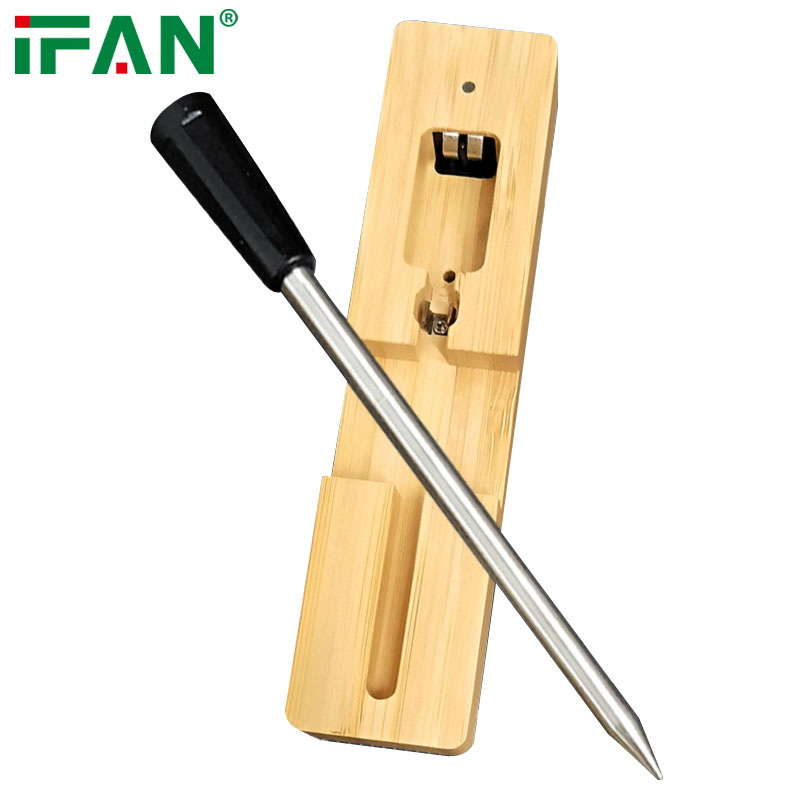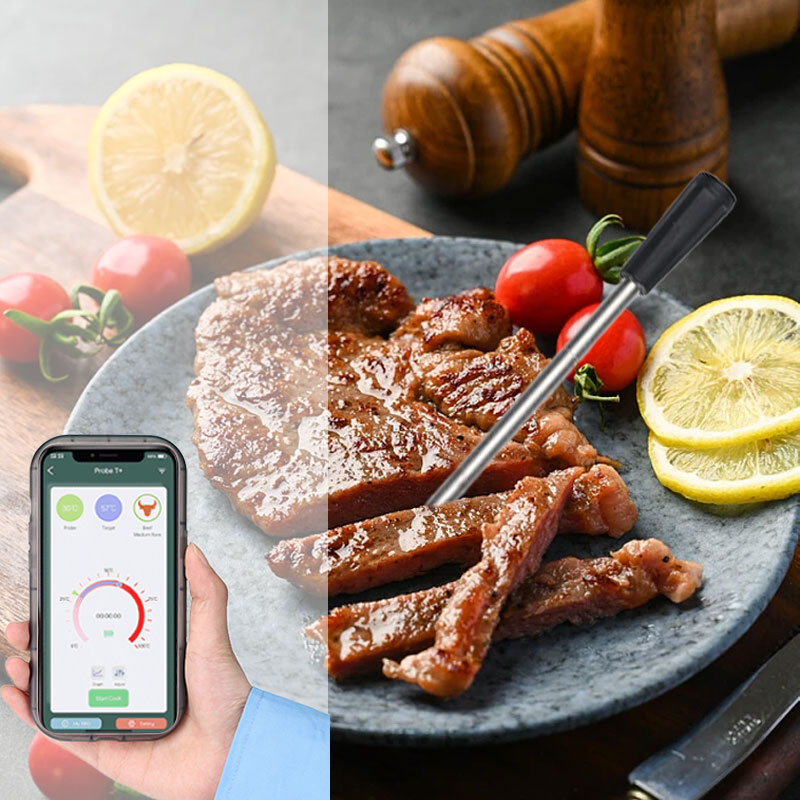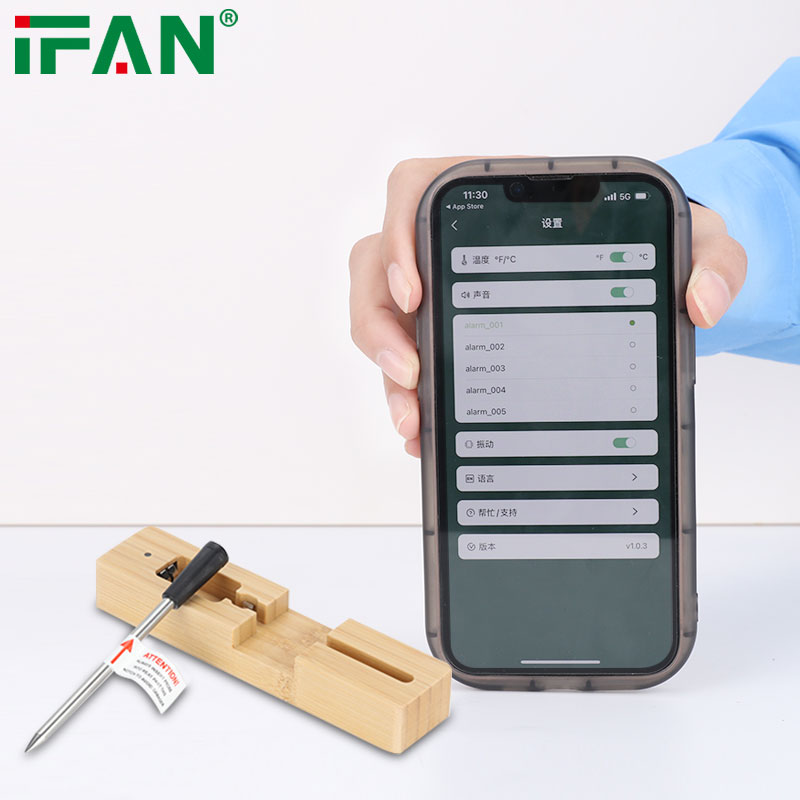Introduction
A meat thermometer is an essential tool for any cook who wants to ensure that their meat is cooked to the proper temperature. Using a meat thermometer can help you avoid undercooked or overcooked meat, which can be a health hazard or result in a less-than-ideal dining experience. In this essay, we will explore the proper way to use a meat thermometer, including the types of thermometers available, the correct temperatures for different types of meat, and some tips for using a meat thermometer safely.

Types of Meat Thermometers
There are several types of meat thermometers available, each with its own advantages and disadvantages. Here are the most common types of meat thermometers:
- Instant-read Thermometers: Instant-read thermometers are designed to give you a quick reading of the temperature of your meat. They are easy to use and can be inserted into the meat at any time during the cooking process. However, they are not designed to be left in the meat while it cooks.
- Oven-safe Thermometers: Oven-safe thermometers can be left in the meat while it cooks, which allows you to monitor the temperature without opening the oven door. They are typically inserted into the thickest part of the meat and can be used for roasts, turkeys, and other large cuts of meat.
- Probe Thermometers: Probe thermometers are designed to be inserted into the meat and left in place while it cooks. They consist of a probe that is inserted into the meat and a digital display that shows the temperature. Probe thermometers are ideal for monitoring the temperature of large cuts of meat that require a long cooking time.

Correct Temperatures for Different Types of Meat
Knowing the correct temperature for different types of meat is essential for using a meat thermometer properly. Here are the recommended temperatures for some common types of meat:
- Beef: For beef, the recommended temperature is 145°F for medium-rare, 160°F for medium, and 170°F for well-done.
- Pork: Pork should be cooked to an internal temperature of 145°F, according to the USDA. However, some people prefer to cook pork to a higher temperature of 160°F to ensure that it is fully cooked.
- Poultry: Chicken and turkey should be cooked to an internal temperature of 165°F to ensure that they are fully cooked and safe to eat.
Tips for Using a Meat Thermometer Safely
Using a meat thermometer safely is important to avoid any risk of foodborne illness. Here are some tips for using a meat thermometer safely:
- Clean the Thermometer: Before using a meat thermometer, make sure it is clean and sanitized. Wash it with hot, soapy water and rinse it thoroughly.
- Insert the Thermometer Correctly: When inserting the thermometer into the meat, make sure it is inserted into the thickest part of the meat, away from any bones or fat.
- Check the Temperature in Multiple Places: To ensure that the meat is cooked evenly, check the temperature in multiple places, especially in the thickest part of the meat.
- Avoid Cross-Contamination: To avoid cross-contamination, do not use the same thermometer for different types of meat without cleaning it thoroughly first.

Conclusion
In conclusion, using a meat thermometer is an essential part of cooking meat safely and ensuring that it is cooked to the proper temperature. There are several types of meat thermometers available, each with its own advantages and disadvantages. Knowing the correct temperature for different types of meat is also important for using a meat thermometer properly. By following these tips and using a meat thermometer correctly, you can enjoy delicious and safe meals every time you cook meat.
